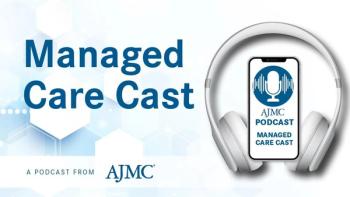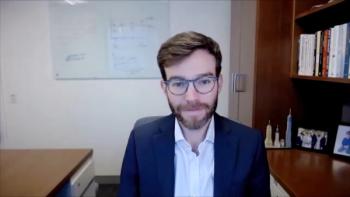
Strategies for Maintaining Medicare Program Integrity: Combating Fraud, Waste, and Abuse
The abuse of government programs and misappropriation of limited healthcare resources contribute significantly to, and further complicate, the growing burden of healthcare expenditures and utilization in the United States. Government bodies have demonstrated a paradigm shift, embracing collaborations and implementing evolved strategies, to more effectively combat Medicare fraud.
The route to correcting our nation’s increased healthcare utilization and spending is further complicated by the prevalent abuse of government programs and misappropriation of healthcare resources. Health policy decision makers, managed care authorities, and government bodies are collaborating to tackle this growing concern and combat the misuse of limited resources.
In today’s featured program at the 2012 America’s Health Insurance Plans’ Medicare and Medicaid Conferences, Peter Budetti, MD, JD, deputy administrator and director of the Center for Program Integrity (CPI) at the Centers for Medicare & Medicaid Services (CMS), led a discussion on the current strategies and tactics that have been implemented by the CMS.
Dr Budetti began the presentation by discussing the strategic direction that the CPI has adopted to more effectively approach and prevent current and future Medicare fraud, abuse, and waste. In the past, CPI followed a retrospective “pay then chase,” “one-size-fits-all,” government-centric model with antiquated legacy processes, inward-focused communications, and stand-alone program integrity policies. Today, the CPI has become a prevention and detection, risk-based model that actively searches for vulnerabilities and problematic incentives to undercut fraud schemes and accomplish preventative goals, rather than simply mitigate damage that has already been done. Innovative processes with transparent and accountable communications allow the CPI to engage public and private partners, creating a collaborative, interconnected environment that is capable of more coordinated and integrated executions.
With over 20,000 applications for provider enrollment in the Medicare program every month, and over 4.5 million claims to Medicare programs daily, sophisticated, data-driven screening systems had to be implemented to assess patterns of claims by providers, types of services provided, and potential “red-flag” indicators. Furthermore, a Fraud Prevention System (FPS) now identifies risk factors to create a risk score, allowing claims to be prioritized for investigation by Zone Program Integrity Contractors. Currently, approximately 277,250 beneficiary numbers, 4900 Medicare provider numbers, and 160 Medicare Part D provider numbers have been identified as compromised or previously abused in scams.
Multiple systems are connected to provide a continuity of data. With predictive analytics, these data are screened through a plethora of instruments, such as anomaly detection, predictive models, and social network analysis. The gathered and processed information is stored in the continuously updated Integrated Data Repository, which is currently in transition to replace numerous stand-alone data warehouses, thus allowing authorities to perform detailed cross-program analyses that were once incredibly difficult and time consuming.
Dr Budetti continued to discuss the Automated Provider Screening (APS) system, which leverages aggregated data sources that contain provider details, such as identity, address, criminal background history, demographics, credentials, and social security information, for automated screening. In addition to having applied APS to all 800,000 physicians in the Provider Enrollment & Chain Ownership System, the CPI has completed a full screening of all 1.5 million current Medicare-enrolled providers to produce baseline data for future analysis. Certain fields, including provider licensure status, death, and criminal records, are continuously monitored, and alerts are issued when a change occurs.
Proudly announcing the opening of a new command center in July 2012, Dr Budetti stated that the mission of this command center was 4-fold: to develop new analytic models for future inclusion and implementation in the FPS and APS system; to establish and standardize innovative investigative approaches to resolving suspect providers; to track and assess suspected providers in real-time and take the appropriate operational and administrative actions; and to provide training and conduct meetings in a collaborative environment.
Dr Budetti expressed his confidence and optimism in an evolving organization that continues to develop comprehensive strategies, improve and foster collaborative relationships with providers, and implement new approaches to preventing Medicare fraud, waste, and abuse.
To learn more about this session, please visit the .
Newsletter
Stay ahead of policy, cost, and value—subscribe to AJMC for expert insights at the intersection of clinical care and health economics.













































